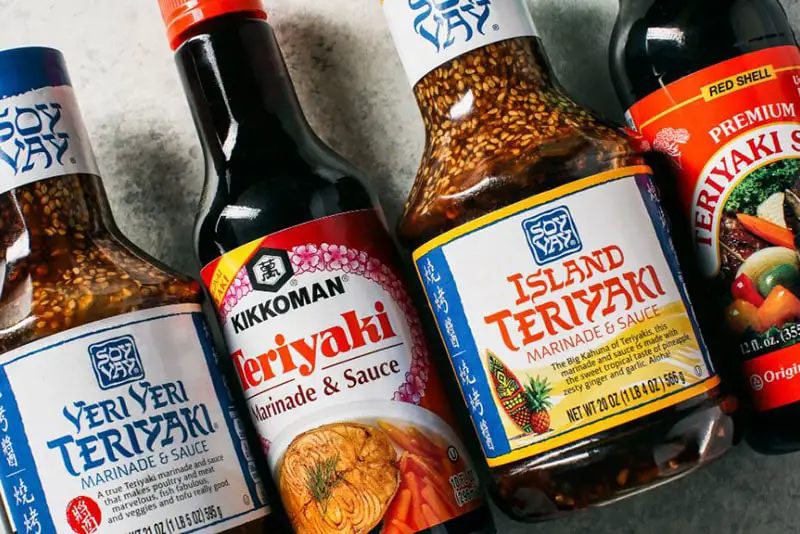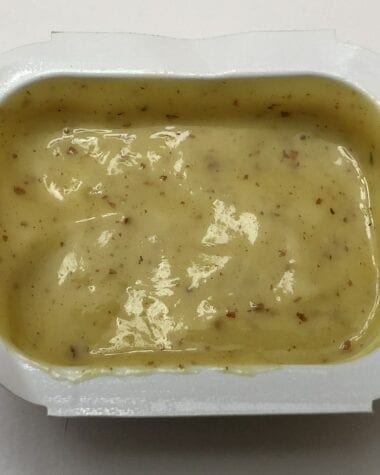Freezing is arguably the greatest food preservation method. It has been with us for thousands of years now and has endured millennia over millennia of advancements and modifications to be where it is today.
Nowadays, freezing food is no longer just a matter of putting consumables in cold places; it now utilizes a myriad of advanced equipment, technologies, and processes to keep food in tip-top shape.
In this article, we will be looking at some of the most common equipment and technologies used in the frozen foods industry today.
Related Article: Facts and Statistics on Consumption of Frozen Foods in the United States
Main Equipment Used in the Frozen Food Industry
While there are several ways in which we can accurately categorize modern equipment for freezing food, we can generally divide them into two principal groups based on the way they operate. These are the equipment integrated into the processing line for a continual flow and the equipment used for freezing products in bulk.
Moreover, depending on the heat-transfer method, these freezing equipment could further be classified into three main groups:
- Air-Blast Freezers – Uses moving, frigid air to cool and subsequently freeze the food. They are the most common freezer type today; it is widely available in varying designs.
- Contact Freezers – Uses convection; these are the freezers that bring food in contact with extremely cold surfaces or by immersing them in freezingly cold liquid. Notably, convection is the primary method of heat transfer.
- Cryogenic Freezers – Uses liquefied gasses, such as carbon dioxide and nitrogen, to produce frigid temperatures that are then used to freeze food.
Depending on the kind and the amount of food the manufacturer is trying to freeze, there may be combinations of these three main heat-transfer groups. They call them specialized freezing equipment.
Lastly, freezing equipment could also be categorized into two further groups based on the product it is intended to freeze.
The first one is the Individually Quick-Frozen Products or IQF. These are food products where each piece of food is frozen separately before being taken to packaging. Common examples of IQFs include fruits, vegetables, seafood, or poultry. Even whole poultry products like frozen turkeys are processed under the IQF method.
The other is the much simpler Packaged Products. These are the food products that are typically frozen in bulk. They are packaged before being taken to the freezer. Basically, this method is the inverse of the IQF.
All the methods mentioned above are used in the frozen food processing industry today and are byproducts of the advancements of the original flash freezing method introduced by Clarence-Birdseye back in 1924. That said, the systems preferable for high production rates are those that are incorporated with equally-advanced packaging operations that provide a continuous flow of products.
How are Freezing Equipment Considered Adequate?
For a piece of freezing equipment to be considered adequate, it must be designed to accommodate all the stages in the freezing process, keeping every aspect of it streamlined and flowing smoothly. This includes abiding by hygienic compliance with safety and sanitation standards and minimizing product loss rates through efficient operation.
Moreover, it should also have minimal maintenance requirements as such could take significant time and may severely hinder the overall production and the efficiency of a manufacturer to pump out products in stores. Simply put, equipment that needs constant maintenance significantly affects the cost-efficiency of the whole system – and no one wants that.
Food Freezing Equipment
To better understand how our favorite frozen foods are made and what type of technology and equipment are used in producing them, let us take a closer look at the three main kinds of freezing equipment we briefly discussed above. Namely, Air-Blast, Contact, and Cryogenic Freezers.
Air-Blast Freezers
Air-Blast Freezers can be broken down into four different types. These are Sharp Freezers, Tunnel Freezers, Belt Freezers, and Fluidized-Bed Freezers. Below is a brief discussion for each.
- Sharp Freezers – cold storage rooms where food is placed to freeze after a certain period. Also known as blast rooms, sharp freezers do not usually have any forced airflow, resulting in a much slower freezing rate compared to other air-blast freezers. This freezing equipment is commonly used for bulk products, such as beef quarters. It is not advisable for processed foods.
- Tunnel Freezers – tunnel freezers contain refrigerated air that circulates over the product that is placed on special spacers or trays. These special spacers or trays either stand in or are passed through the tunnel using trolleys or racks.
- Belt Freezers – typically use a vertical airflow which forces cold air through a product layer that is evenly distributed over the entire belt area. This creates ample contact with all product particles, making for an even out freezing process. Belt-freezers can then be separated into three varying systems: single-, multi-, or spiral-belt freezers.
Among the three systems, the spiral belt freezer offers the most flexibility regarding the product range handled and maximizes the belt surface area in a particular floor space. These systems are usually used in freezing meat patties, fishcakes, filets, and bakery goods. Notably, these products can then either be frozen raw or prepared, packaged, or unpackaged. - Fluidized-Bed Freezers – fluidization happens when individual food particles of relatively uniform sizes and shapes – take, for example, peas – are subject to an upward airstream. After hitting a certain air velocity, these particles will float in the air stream and separate from one another. This makes for a more uniform freezing method.
Contact Freezers
Much like the Air-Blast Freezers, Contact Freezers could also be categorized into various types. Three, to be exact. These are the Immersion Freezers, Plate Freezers, and Band Freezers. Let us take a look at each of them.
- Immersion Freezers – are tanks filled with cooling solution. This includes salt, sugar, or water and alcohol. The food product is then immersed in this brine or is sprayed while being conveyed. The typical food products that are frozen using Immersion Freezers are turkey and other poultry products.
- Plate Freezers – can either be horizontal or vertical and automatic or manual. Plate freezers freeze food products by sandwiching them between two cold metal plates which starts rapid heat transfer.
- Band Freezers – are used to freeze thin product layers. The product is formed and frozen between two seemingly endless stainless steel bands, making for a frozen mat. Fruit pulps, sauces, egg yolks, chopped spinach puree, and liquid foods often use Band Freezers.
Cryogenic Freezers
Cryogenic freezing is arguably the most optimal way to achieve low-temperature storage in no time when the product development process is still in its infant stages. This is because it allows for quick cooling and handling of sticky, wet, or otherwise sensitive products before they are frozen solid through contact or airflow freezers as needed by larger-scale operations down the line.
It is also worth noting that some types of food processing specifically require cryogenic fluids like carbon dioxide or liquid nitrogen. They help speed up the processes while also ensuring that damage during production is minimal or non-existent at all.
Technology Used in Packaging Frozen Food
Now that we comprehensively discussed how food is being frozen nowadays let us now look at how they are subsequently packaged for distribution.
Did you know that most frozen foods can expand by as much as 9% depending on their moisture content? That being said, the frozen food packaging material must accommodate such changes.
In addition to that, they must also be able to withstand freezing temperatures reaching -40 degrees Fahrenheit, have a food packaging design that could attract consumers, and sustain the storage, freezing, sealing, and transportation process. In some cases, they should also withstand certain cooking pressures.
Below are some of the most commonly used materials in the packaging process:
- Tin Cans
- Aluminum Foil Laminates
- Cardboard and Laminated Paper
- Polyethylene Film (PE)
- Polyethylene Derivatives (PE Derivatives)
- Polyethylene Terephthalate (PET)
Technology Used in Frozen Food Packaging Sealing
It is imperative to seal frozen foods in the best way possible to ensure the overall quality and safety of the end product. After all, it is what protects the product from the external environment. Depending on the type of packaging film used, there are several methods and packaging machines currently used to seal frozen food packaging.
Direct Heat Sealing
This system uses, as its name implies, direct heat contact to seal various plastic packaging materials. Notably, thicker ones like polypropylene.
Impulse Heat Sealing
This system applies an electrical impulse in a piece of wire that is heated and subsequently cooled. Impulse heating is a more cost-effective alternative to direct heat sealing. That said, direct heat sealing is still more commonly used.
VFFS Systems
The VFFS or vertical forming, filling, and sealing system is a packaging system consisting of filling and sealing the product within the same product line.
Zip-Locks
This type of sealing technology has gained considerable popularity in the frozen food industry because of the increased convenience and overall quality and visual appeal the system adds in the packaging. This system is often used in combination with the heat sealing method.
Conclusion
Above are the equipment and technologies currently used in the frozen food industry. Truly, the method of freezing food to then be consumed at a later date has drastically evolved throughout the years. Hopefully, this article gave you more appreciation for the frozen food products you typically see daily.
Curious as to how frozen foods affect you? Perhaps wondering about its pros and cons? Read our article about that by following the link here.









